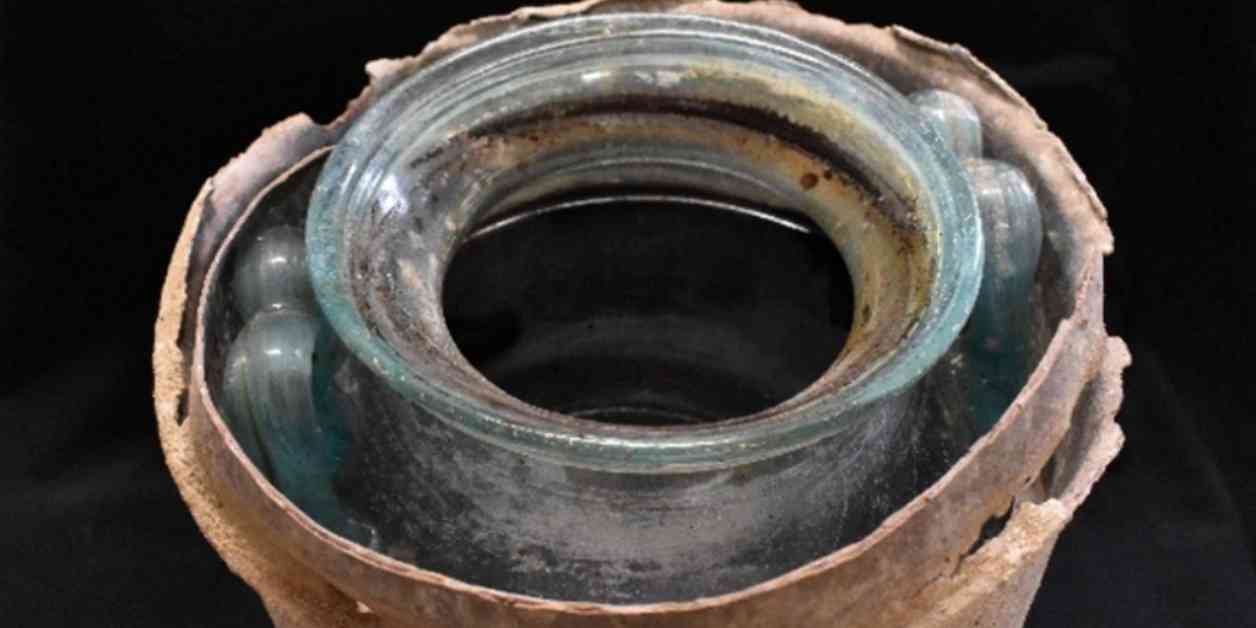The world’s oldest bottle of wine was recently found in an ancient Roman burial site in southern Spain, as reported in a study released this week. The wine was stored in a glass funeral urn inside an ancient mausoleum, left undisturbed for approximately 2,000 years in the town of Carmona in Andalusia.
A family stumbled upon the sunken tomb in 2019 while renovating their home. The discovery gained attention when researchers confirmed that the urn held a liquid with a “reddish hue.” The team of researchers, including City of Carmona’s municipal archaeologist Juan Manuel Román and experts from the Department of Organic Chemistry at the University of Cordoba, conducted tests to verify that the liquid was indeed wine.
The researchers were surprised by the preservation of the liquid in the funerary urn, noting that the tomb’s conservation conditions were exceptional after being sealed for two thousand years. This allowed the wine to maintain its natural state for the most part.
Their findings were published in the Journal of Archaeological Science on Tuesday, marking a significant discovery that surpasses the previous record held by the Speyer wine bottle from the fourth century AD, found in 1867 and currently housed at the Historical Museum of Pfalz in Germany.
This revelation sheds light on ancient winemaking practices and provides insights into the historical significance of wine in Roman culture. It also highlights the importance of preserving archaeological sites to uncover valuable artifacts and unravel the mysteries of the past.
The ancient Roman burial site in Carmona offers a glimpse into the rich history of the region, showcasing the intricate burial practices and customs of the ancient Romans. The discovery of the world’s oldest wine bottle adds a new layer of intrigue to the site, attracting attention from researchers, historians, and wine enthusiasts alike.
As we continue to unearth ancient artifacts and unravel the secrets of the past, each discovery brings us closer to understanding our shared history and the evolution of human civilization. The preservation of archaeological sites is crucial in safeguarding these treasures for future generations and ensuring that we can continue to learn from the past.




